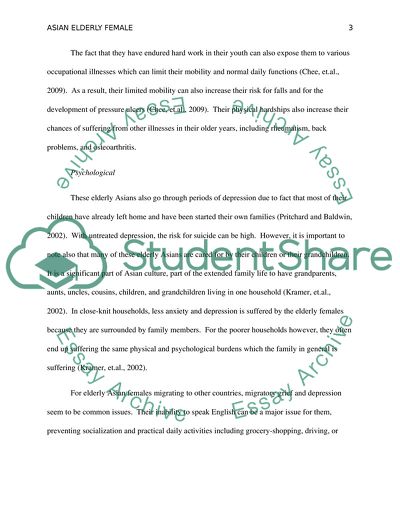Cite this document
(Asian Elderly Female Research Paper Example | Topics and Well Written Essays - 2000 words, n.d.)
Asian Elderly Female Research Paper Example | Topics and Well Written Essays - 2000 words. Retrieved from https://studentshare.org/health-sciences-medicine/1776584-asian-elderly-female
Asian Elderly Female Research Paper Example | Topics and Well Written Essays - 2000 words. Retrieved from https://studentshare.org/health-sciences-medicine/1776584-asian-elderly-female
(Asian Elderly Female Research Paper Example | Topics and Well Written Essays - 2000 Words)
Asian Elderly Female Research Paper Example | Topics and Well Written Essays - 2000 Words. https://studentshare.org/health-sciences-medicine/1776584-asian-elderly-female.
Asian Elderly Female Research Paper Example | Topics and Well Written Essays - 2000 Words. https://studentshare.org/health-sciences-medicine/1776584-asian-elderly-female.
“Asian Elderly Female Research Paper Example | Topics and Well Written Essays - 2000 Words”, n.d. https://studentshare.org/health-sciences-medicine/1776584-asian-elderly-female.


